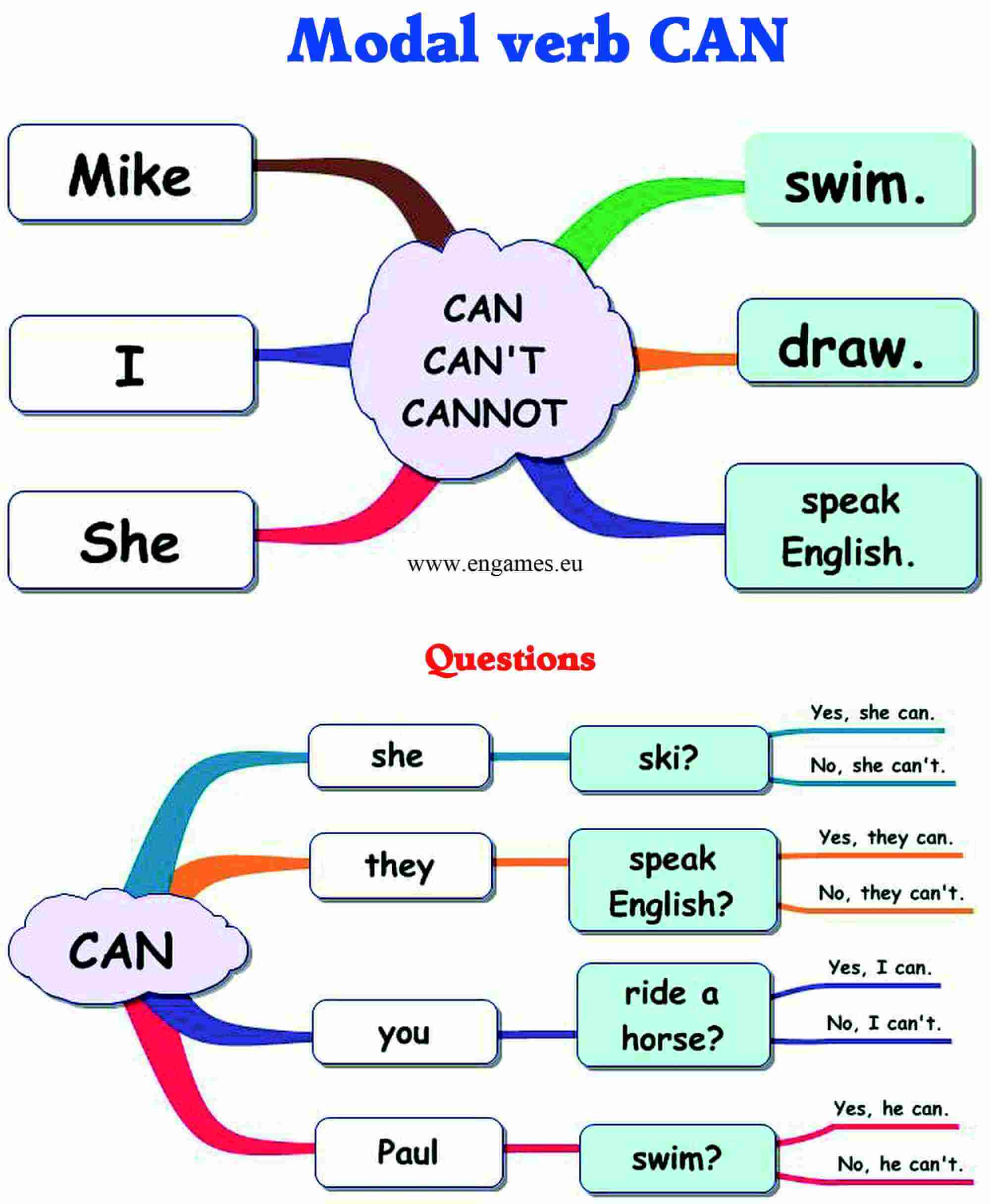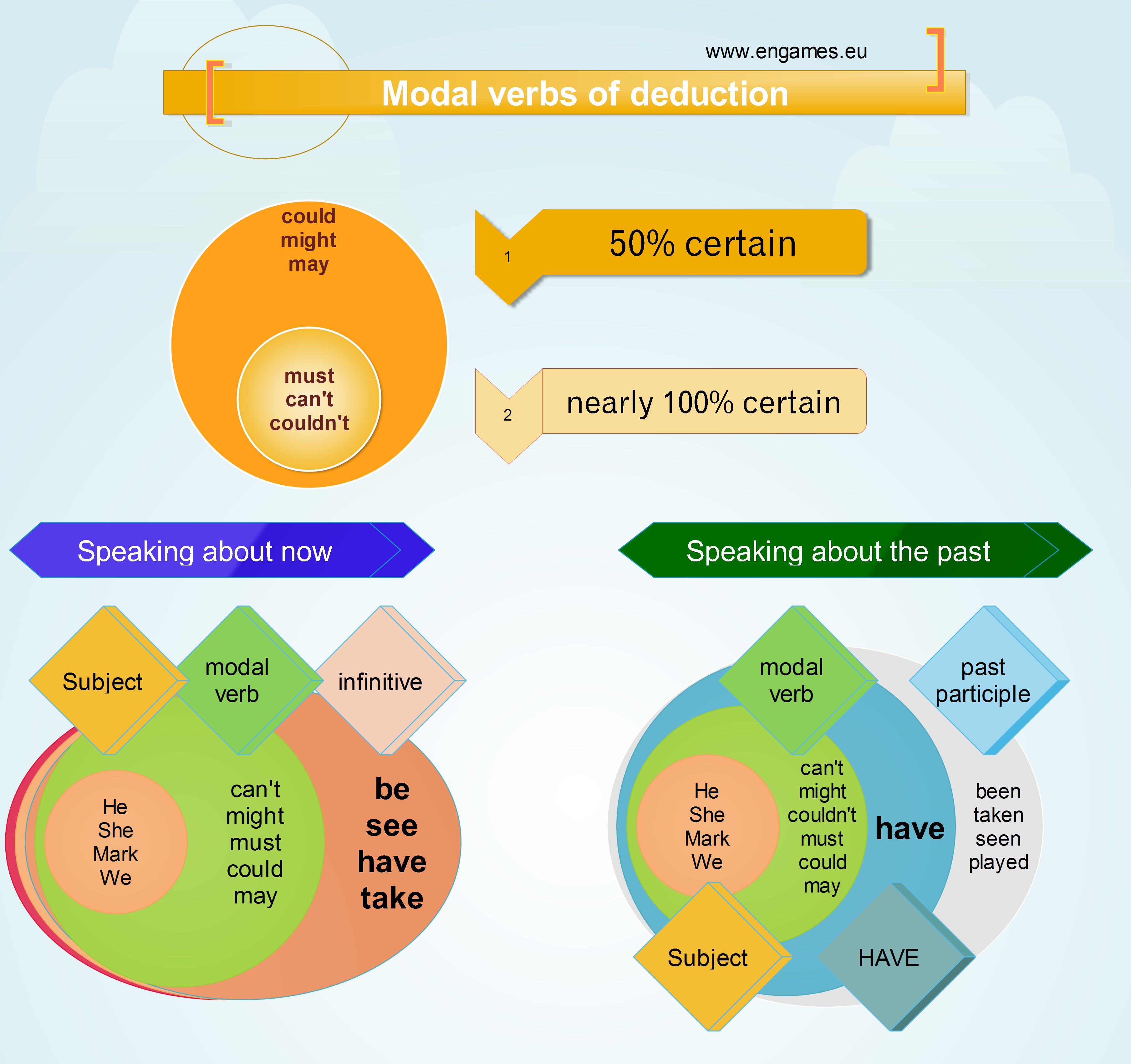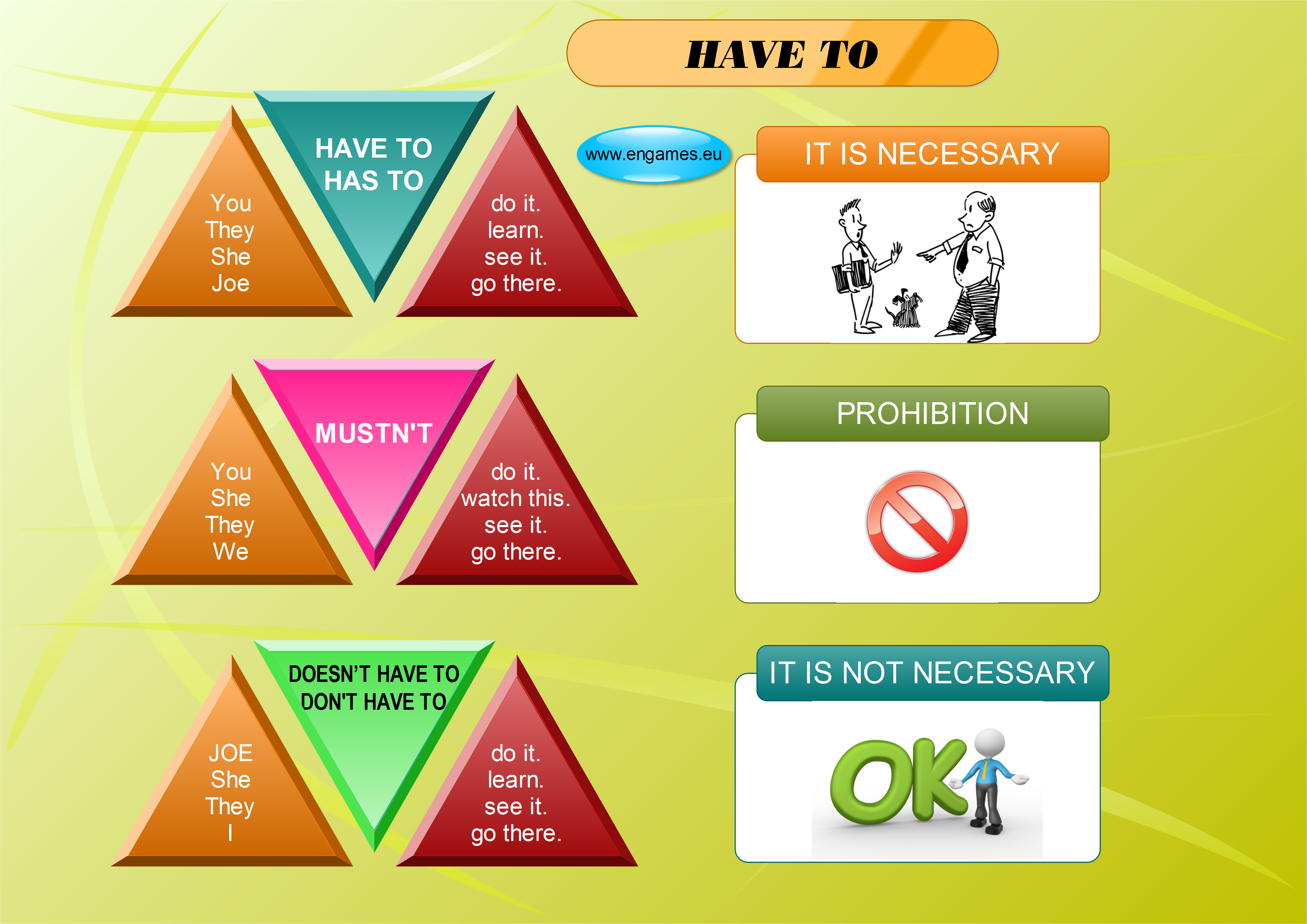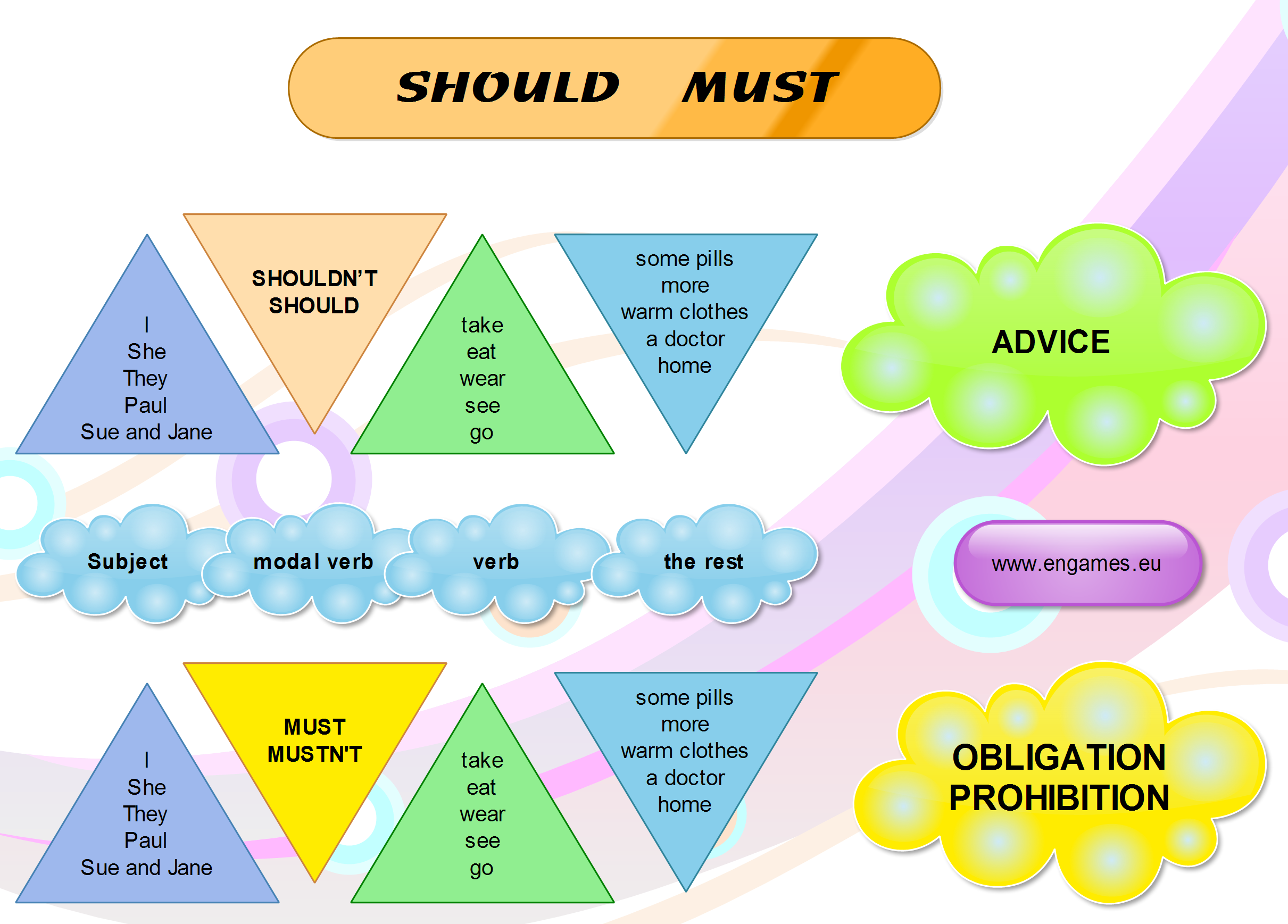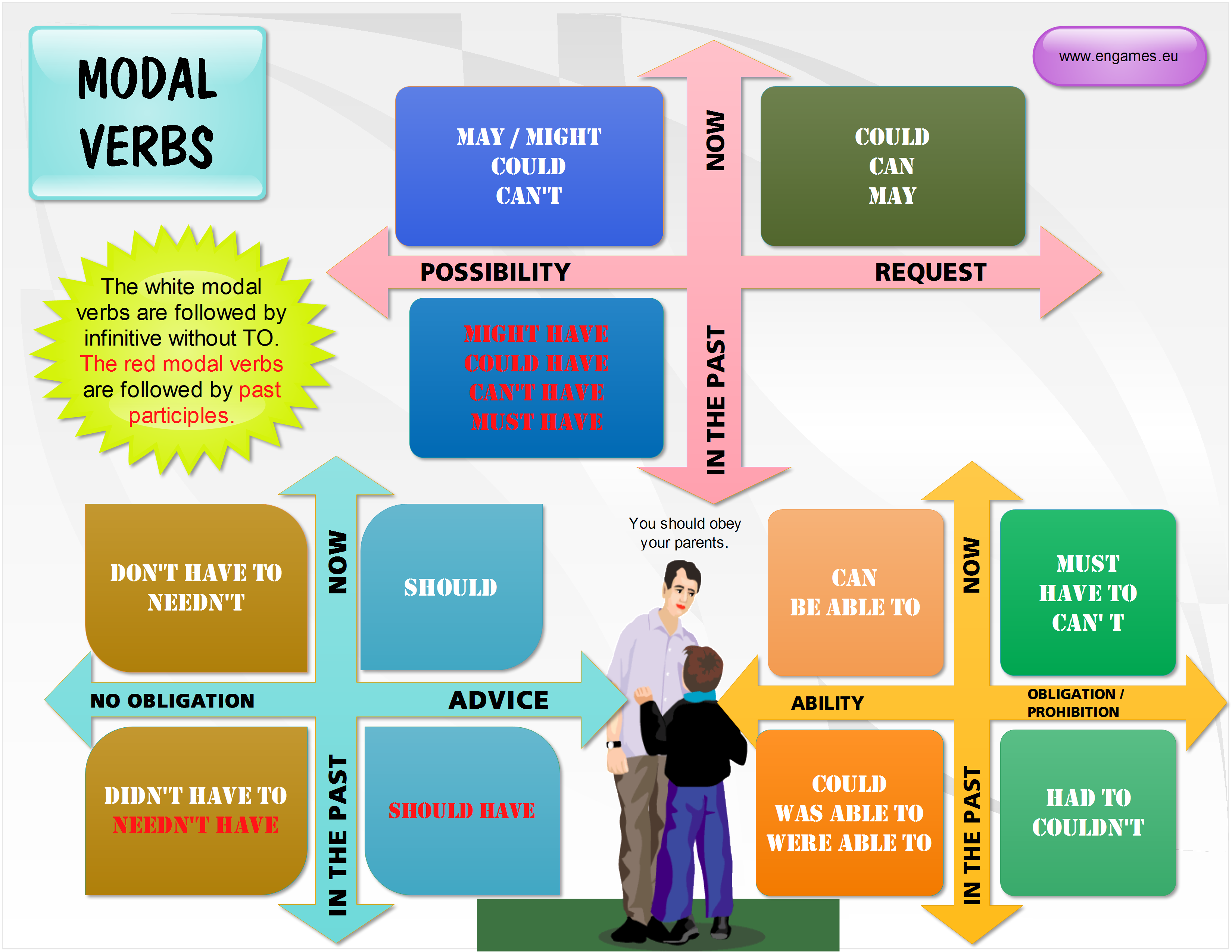Must or Have to?
Elementary students are taught that there is very little difference between the words MUST and HAVE TO. Little as it may be, it exists. And in this post I would like to give you several rules which will help you decide which one is better in the given sentence. <!– wp:more –> ADVERT: [showmyads] In…


